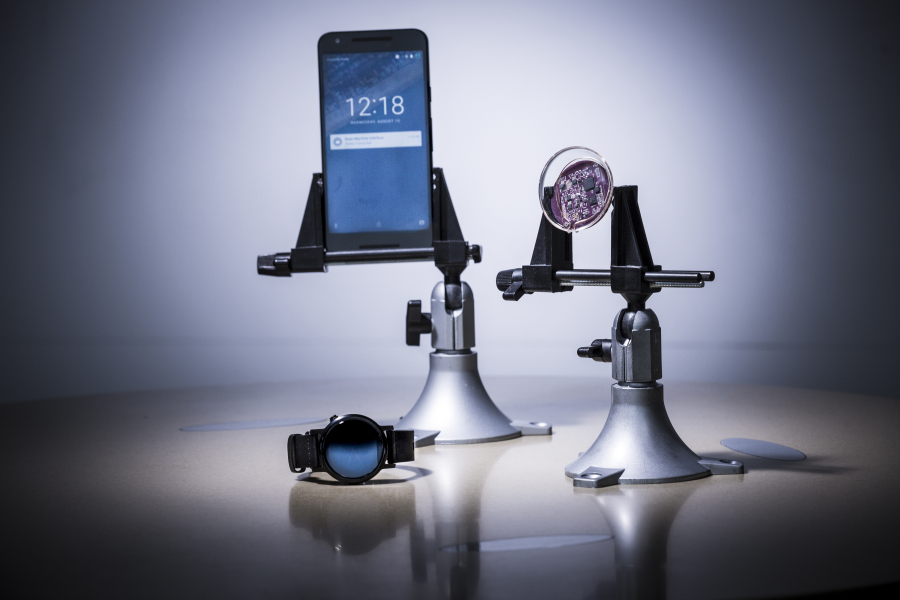A University of Washington team has created a way for implanted medical devices to easily send vital health data to a smartphone while using very little power.
The so-called Interscatter technology, created by a UW team of electrical engineers and computer scientists, involves converting Bluetooth signals into Wi-Fi signals.
Wearable medical devices, such as smart contact lenses or implants, cannot send information like many other devices do because they use too much power, and the power sources like batteries are not easily replaced.
“Preserving battery life is very important in implanted medical devices, since replacing the battery in a pacemaker or brain stimulator requires surgery,” team member Joshua Smith said in a statement. Smith is an associate professor in the Electrical Engineering Department and Computer Science and Engineering Department.
Interscatter technology solves this problem by using reflections of existing signals. Instead of the medical devices creating their own signals, Interscatter allows them to pick up Bluetooth signals sent out by smartwatches or smartphones and transform those into Wi-Fi signals that it bounces back.
Vikram Iyer, a researcher and electrical- engineering doctorate student, uses a flashlight to explain the technology. Powering a flashlight takes a certain amount of power, but holding up a mirror to reflect an existing light in the room is simple.
“We are recycling the waves coming from devices instead of creating new waves,” Iyer said.
The implanted medical device picks up the Bluetooth signal and sends back a Wi-Fi “packet” with information. For example, a smart contact lens may be able to send real-time information about blood-sugar levels to a smartphone.
Interscatter was created by Smith, Iyer, research associate Vamsi Talla, doctoral student Bryce Kellogg and Shyam Gollakota, an assistant professor of computer science and engineering. Another one of Gollakota’s teams recently developed a way to reduce the amount of power required to send information via Wi-Fi.
The Interscatter team hopes to start working with medical-device companies to incorporate the technology into future products. The team will present its work next week at an Association for Computing Machinery conference in Brazil.




